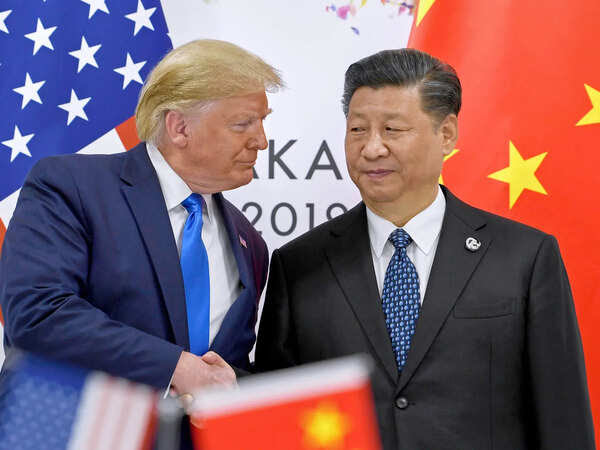Chinese President Xi Jinping’s recent measures to counter U.S. trade curbs underscore the fragile state of Sino-American economic relations and highlight the complexities of reaching a long-term trade agreement. The move comes in response to renewed tariffs and export restrictions imposed by the U.S., reflecting escalating tensions over technology, intellectual property, and market access. Analysts warn that such tit-for-tat actions could disrupt global supply chains, intensify market volatility, and delay negotiations. Investors and businesses worldwide, including in India, are closely monitoring these developments to assess risks in trade, manufacturing, and investment flows amid heightened uncertainty in the international economic landscape.
China’s Retaliatory Measures
Xi Jinping’s administration has announced a series of countermeasures in response to new U.S. trade restrictions. These include targeted tariffs, regulatory scrutiny on U.S. exports, and potential curbs on sensitive technologies.
The measures aim to signal China’s resolve in defending its economic interests while exerting pressure on U.S. policymakers to reconsider unilateral actions. Economists note that such retaliation may slow trade volumes and affect multinational corporations dependent on Sino-American supply chains.
Impact on Global Markets
The escalation in trade tensions has immediate repercussions for global financial markets. Stock indices, commodity prices, and currency valuations experienced heightened volatility following the announcement.
In India, sectors reliant on exports, imports of technology, or global supply chains—including IT, manufacturing, and electronics—are recalibrating forecasts and risk assessments. The ripple effect underscores the interconnectivity of global markets and the sensitivity of emerging economies to Sino-U.S. policy shifts.
Negotiation Challenges and Diplomatic Signals
Despite ongoing talks, the latest retaliatory measures reveal the challenges of achieving a durable trade deal. Issues such as intellectual property protection, technology transfer, and market access remain contentious, complicating diplomatic negotiations.
Analysts suggest that while both nations express willingness to engage, incremental and strategic concessions are likely, prolonging the path to a comprehensive agreement. The tit-for-tat dynamic reinforces the need for careful diplomacy and multilateral engagement to stabilize trade relations.
Implications for Businesses and Investors
For multinational corporations, the increased uncertainty necessitates reassessment of supply chains, investment timing, and currency exposure. Companies may explore diversification of sourcing and production to mitigate risks from abrupt policy shifts.
Investors, meanwhile, face a volatile environment, with heightened risk premiums and market sensitivity to policy announcements. Risk management strategies, hedging, and portfolio diversification are essential in navigating the current climate.
Outlook: A Rocky Road Ahead
Xi Jinping’s assertive stance highlights the fragility of current U.S.-China trade relations and the complexities involved in negotiating long-term agreements. Analysts caution that markets may continue to experience short-term turbulence while policymakers work toward incremental solutions.
Strategic patience, robust risk assessment, and contingency planning are critical for businesses and investors seeking stability amid ongoing geopolitical and economic uncertainty. The situation underscores the evolving dynamics of global trade in an increasingly interconnected and contested environment.
